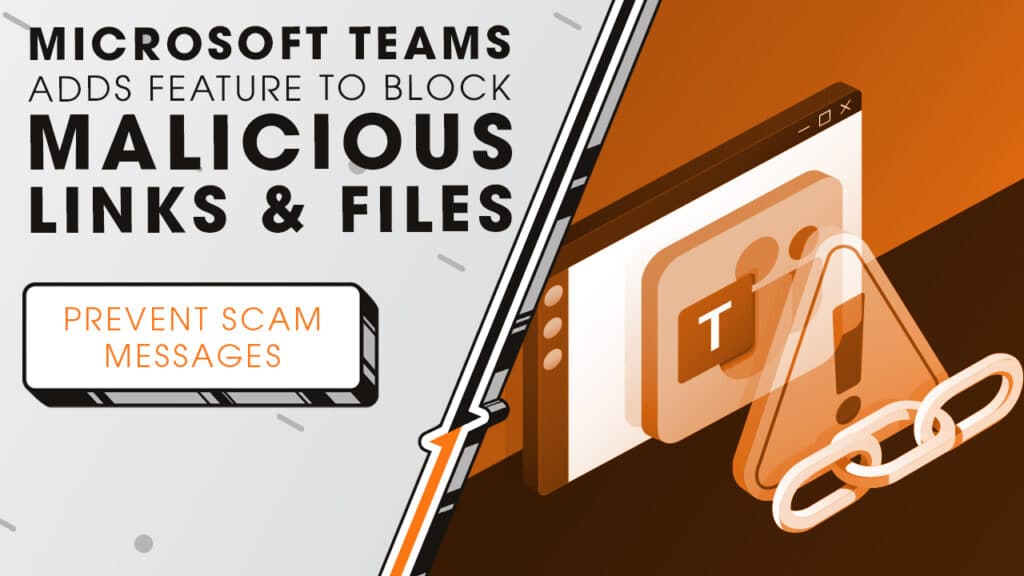Microsoft Teams Adds Features to Block Malicious Files and Links | Sync Up

Hackers are no longer just targeting email. They’re moving into Microsoft Teams, slipping in with malicious links and files. We’ll break down how attackers are getting in, what’s changing, and what your business can do to stay secure as we sit down and sync up with Rocket IT’s weekly technology update.
In this episode, you’ll hear more about:
- How attackers are finding their way into Microsoft Teams.
- What Microsoft is changing to block new threats.
- The latest security updates rolling out this fall.
- Why Teams is becoming a bigger target for cybercriminals.
- What businesses can do now to stay protected.
Video Transcript
At first glance, it might seem odd to hear that hackers are making their way into Teams. Isn’t it just your coworkers in there? Not always. Teams is designed for collaboration, which means outside vendors, contractors, and clients can all be added. Some businesses lock this feature down so outsiders can’t send a message without approval, but many leave it open to make things easier. That’s exactly what attackers exploit. By setting up domains that look legitimate and impersonating trusted partners, they send messages that blend right in with normal conversations. These often contain links to fake websites or files disguised as invoices and updates.
To counter this, Microsoft is building new protections into Teams. Soon, Teams will automatically block high-risk file types, like executables, that are often used to spread malware. And if someone shares a suspicious link in a chat or channel, Teams will scan it and warn users before they click.
Additionally, Microsoft is updating Teams so it integrates with Microsoft Defender for Office 365, which is Microsoft’s built-in security guard for email, documents, and now chat. With this integration, administrators can block entire domains, remove risky conversations automatically, and stop outsiders from joining meetings or calls. Microsoft has stated they aim to have all of these features available globally by the end of September.
With over 320 million people using Teams each month, attackers see a huge opportunity. The more businesses rely on it to communicate, the more tempting it becomes as a target. That’s why Microsoft is doubling down on Teams security, and why organizations need to be ready.
As these new protections roll out, remember, Microsoft Teams is only as secure as the way it’s set up. With the right IT partner, your environment can be configured to manage outside access safely, block suspicious messages, and keep attackers from ever reaching your chat. If you don’t already have a partner making that happen, Rocket IT is here to help. Reach out using the link in this video’s description, and don’t forget to hit subscribe and tap the bell to catch next week’s episode of Sync Up.
Related Posts
Subscribe to Rocket IT's Newsletter
Stay up to date on trending technology news and important updates.

Find out if Rocket IT is the right partner for your team
Claim a free consultation with a technology expert.










